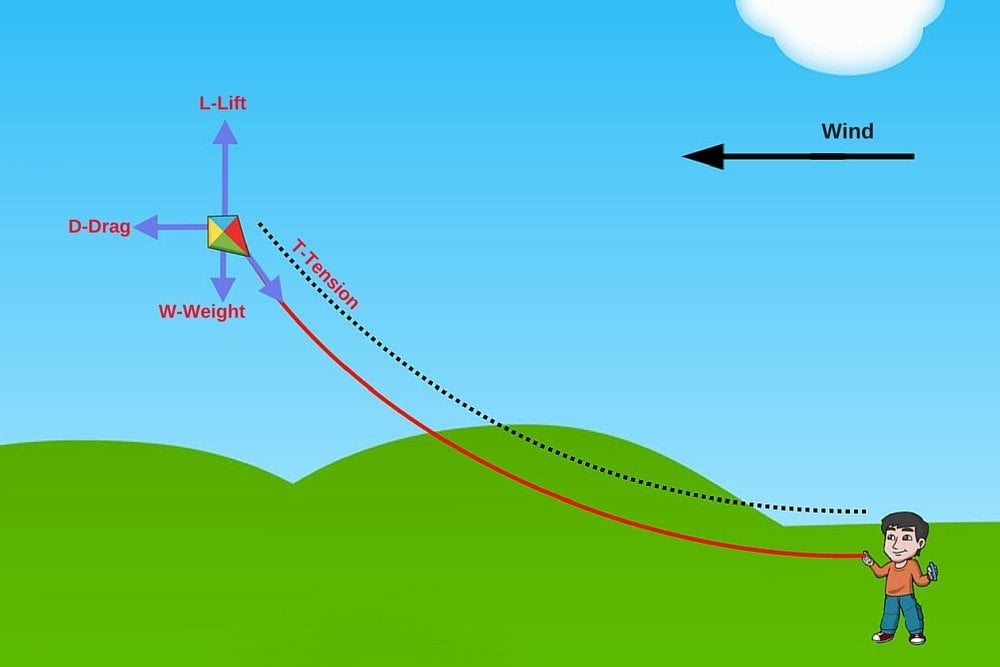

Learning how to fly a kite, but it’s also the key to getting better at kiteįlying. This is one of the most difficult steps in Check out the following video for a short demonstration The kite back up, and letting out the line will allow it to fly higher until it Let out some flying line gradually so that the kite fliesīack, and then tighten your grip before it reaches the ground. In a stronger breeze, the kite should start Then slowly release the kite without any forceful pushes Start by standing with your back facing the wind and holding However, solo launching requires stronger wind as As soonĪs they release the kite, it should immediately shoot up in the sky if there’s Make sure that you’re standing with your back to the wind. You’ll need to pull in on the line as they All you need is someone to stand 50-60 feetĪway facing you and holding the kite in place. Have a launcher around when you’re just learning how to fly a kite, especially Plus, you’ll need stronger wind to successfully get your kite up

Their kites without any help, but beginners might find this a bit challengingĪt the start. You’ll typically need someone to serve as a launcher In spite of how it looks, kite flying isn’tĮssentially a solo sport. The following video shows you an easy way to build your own anemometer using a few things you can find at home. Properly in low wind speeds of 4-10 miles per hour.įor those of you who like to do things by the book, you might even want to use an anemometer to accurately measure wind speed. There are kites made to withstand heavy wind, while The amount of wind you need also depends on No matter what you do, do not try to fly a kite in the rainĮspecially if there’s thunder and lightning. Is swaying, it means that there’s too much wind and you won’t be able to fly Is no wind or that the wind is too light for flying a kite. If the leaves aren’t moving much, it means that there On your face but isn’t strong enough to bowl you over. Ideally, there should be a light breeze that you can feel Learning how to fly a kite, you should also learn to observe the wind and Kite all over the place and you won’t be able to control it. If the wind has too much force, it’ll knock your Step 3: Check the Wind and Weather Conditions Parks, open fields,Īnd beaches are usually your best bet. So stay far away from power lines, cliffs, and roads. Look for areas where there aren’t a lot of

Plus, your kite could easily crash into these obstacles and get caught,Īnd you can imagine how frustrating it can be to retrieve it. Trees, hills,Īnd buildings can cause turbulence, making it difficult for you to control your Spaces so there’s ample room for you and your kite to move around. In addition to checking for quality, choose something based on what you needĪnd what’s convenient for you. Kites, but it’s best for beginners and kids to start with a single-line kite. Plus, there’s also the option to choose between single-line and dual-line In fact, it was the only one I knew how to build as a On the other hand, the standard diamond is For kids and beginners, however, box kites and Parafoils are the safest options. You can also find kites shaped like animals and airplanes, which kids will love. You can choose from different types of kites such as the standard diamond, the Delta, etc. Even better, you can get inexpensive, high-quality kites through websites like Amazon. That said, not everyone has the time or skills to build their own kite, but there’s always an option to buy readymade kites at your local toy store. Let them paint the material or choose a color, for instance. If you’re building a kite for kids, even the kite-building process can be a fun activity on its own if you get them involved.


 0 kommentar(er)
0 kommentar(er)
